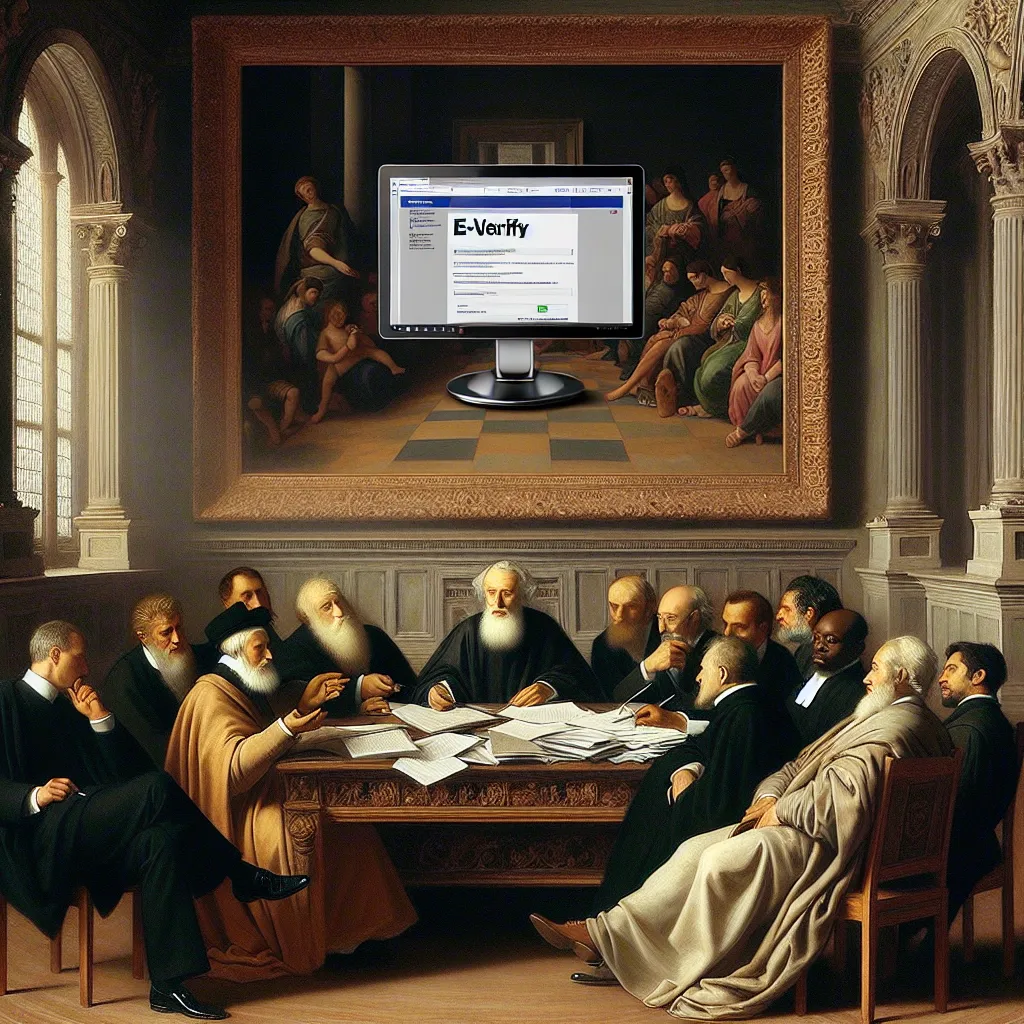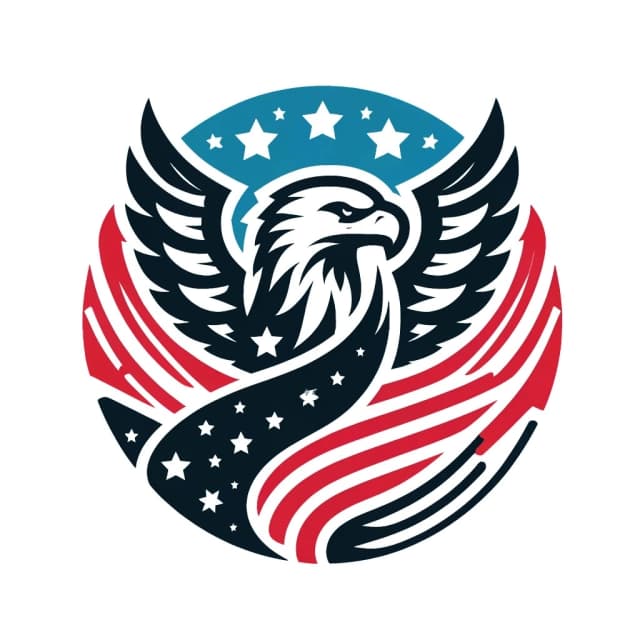
- Published on
- Authors

- Name
- GovCon
Demystifying E-Verify for Government Contract Compliance
Government contracts come with a slew of regulations and requirements, but none are perhaps as crucial – or as misunderstood – as E-Verify. If you’re new to the concept, fret not! This is your ultimate guide to demystifying E-Verify, the electronic employment eligibility verification system that's a must-have for compliance in government contracts.
What is E-Verify?
E-Verify is an Internet-based system operated by the U.S. Department of Homeland Security (DHS) in partnership with the Social Security Administration (SSA). The platform allows businesses to confirm the eligibility of their employees to work in the United States by comparing information from an employee’s Form I-9 to DHS and SSA records.
Why Government Contractors Must Use E-Verify
For certain government contractors, participation in E-Verify is not optional but mandatory. This requirement ensures that federal contracts go to companies that are compliant with immigration laws. Not adhering to E-Verify regulations can result in severe penalties, including but not limited to disqualification from future government contracts.
The Mandate
According to the Federal Acquisition Regulation (FAR) E-Verify clause (FAR 52.222-54), any company with a federal contract that includes this clause must enroll in and use E-Verify to confirm the employment eligibility of all newly hired employees as well as current employees assigned to the contract.
Kick-Starting Your E-Verify Journey
Step 1: Enrollment
Enrolling in E-Verify is straightforward. Visit the E-Verify enrollment page and follow the step-by-step guide. Be ready with your federal contract information and documents proving your business’s legal status.
Step 2: Training
Once enrolled, ensure your HR team completes the mandatory E-Verify training. DHS offers various resources, including webinars and multimedia tutorials, to help you get up to speed.
Step 3: Implementation
Integrate E-Verify into your hiring process seamlessly. Here's a quick roadmap:
- Input New Hire Information: After completing Form I-9, enter the employee's data into the E-Verify system.
- Review Initial Verification Results: E-Verify will quickly return one of two results – "Employment Authorized" or "Tentative Nonconfirmation (TNC)."
- Resolve TNCs: In cases of TNCs, work with your employee to resolve discrepancies. E-Verify provides detailed instructions on how to handle these situations.
Staying Compliant
E-Verify compliance doesn’t end with enrollment. Here are some tips to make sure you stay compliant:
Regular Audits
Perform internal audits to ensure that your use of E-Verify matches legal requirements. This includes checking that all employees working on government contracts are verified through the system.
Update Employee Roles
If an employee’s work status changes (e.g., from non-contract to contract-related duties), ensure that you update this in E-Verify.
Record Keeping
Maintain all E-Verify records and Form I-9 documentation meticulously. DHS can request these records during audits.
The Tech Angle
API Integration
For tech-savvy companies, consider integrating E-Verify directly into your HR software using the E-Verify API. This can streamline the process, reduce human error, and ensure real-time compliance checks.
Data Security
Safeguard employee information by adopting robust cybersecurity measures. Use encryption for data at rest and in transit and ensure that only authorized personnel have access to the E-Verify system.
Benefits Beyond Compliance
While maintaining compliance is the primary goal, using E-Verify can also lead to other benefits:
- Enhanced Hiring Process: Streamlining employee verification can lead to faster, more efficient hiring cycles.
- Reputation Boost: Demonstrating your commitment to lawful employment practices can enhance your company's reputation with clients and partners.
- Risk Mitigation: By reducing the risk of non-compliance, you shield your business from potential legal troubles and financial penalties.
Wrapping Up
E-Verify may seem daunting at first, but with the right approach and resources, it becomes an invaluable tool in ensuring that your business remains compliant with federal regulations while tapping into lucrative government contracts. Whether you’re a small startup or an established enterprise, understanding and implementing E-Verify correctly is a win-win situation.
Ready to roll out E-Verify in your organization? Let’s take this step together toward a compliant and prosperous future!
Thank you for joining us in unraveling the intricacies of E-Verify for government contracts. If you found this guide helpful, be sure to share it with your network. Stay tuned for more insights on technology and compliance right here on our blog.
